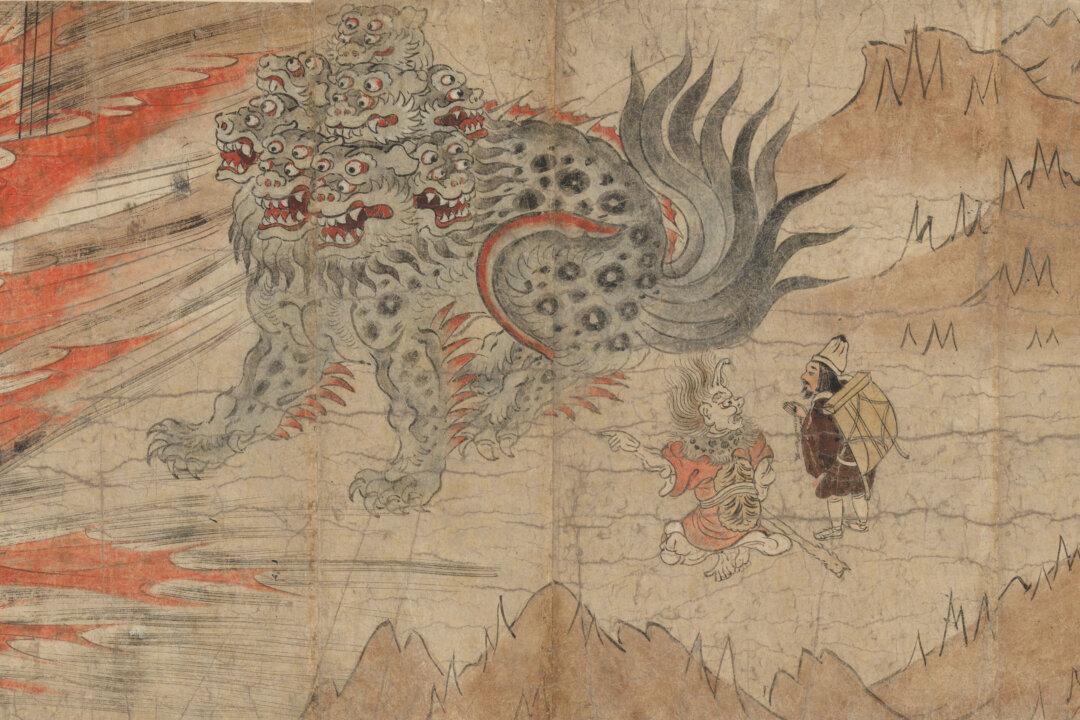Rich with culture and brimming with history, Kyoto is often considered the heart of Japan. A stroll through the picturesque streets can almost feel like a walk back in time, as one is surrounded by traditional Japanese-style architecture, blossoming foliage, and venerable temples and shrines.
Founded as Heian-kyo in 794, Kyoto was the capital and home to the imperial court for over 1,000 years. Its vibrant artistic scene was profoundly shaped by the presence of the emperor and aristocrats, as well as high-ranking warriors, varied groups of artists, and literati working in the palace. It is also a city dense with sacrality; its deep reverence for the Shinto and Buddhist religions was paramount to the development of its abundant cultural heritage.





